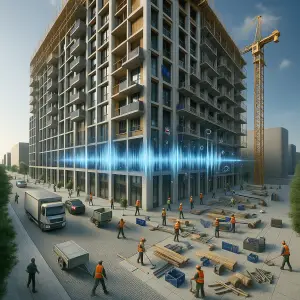
Acoustic Design for Multi-Generational Living Spaces
In multi-generational living spaces, effective acoustic design is crucial to fostering a tranquil and harmonious environment. By focusing on soundproofing and sound absorption, you can create separate zones for activities like sleeping, working, and playing, ensuring everyone’s comfort. Implementing solutions like carpets, acoustic panels, double-glazed windows, and solid core doors can significantly reduce noise levels. Thoughtful choices in furniture, décor, and room layout further enhance quiet living conditions. Professionals like Ratio Seven specialise in bespoke acoustic solutions, leveraging advanced technology and eco-friendly materials to create peaceful, sustainable living spaces for all ages.








